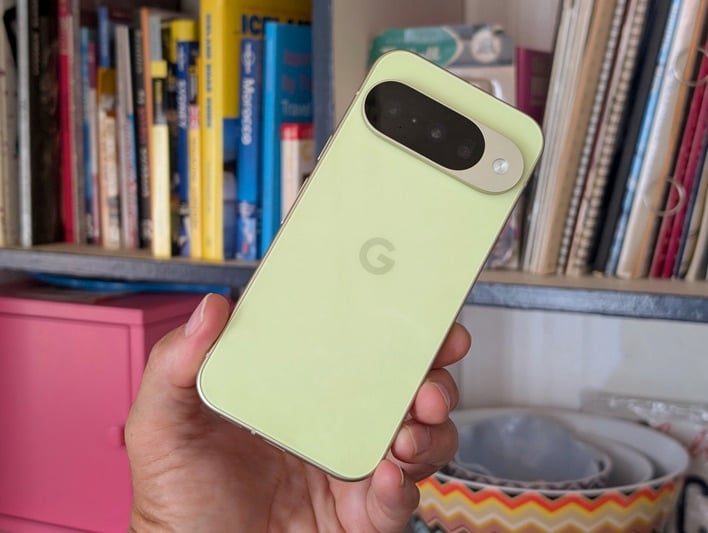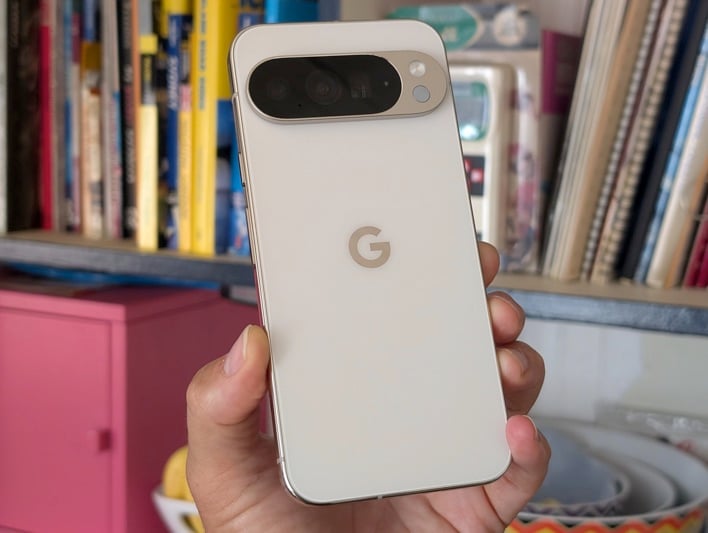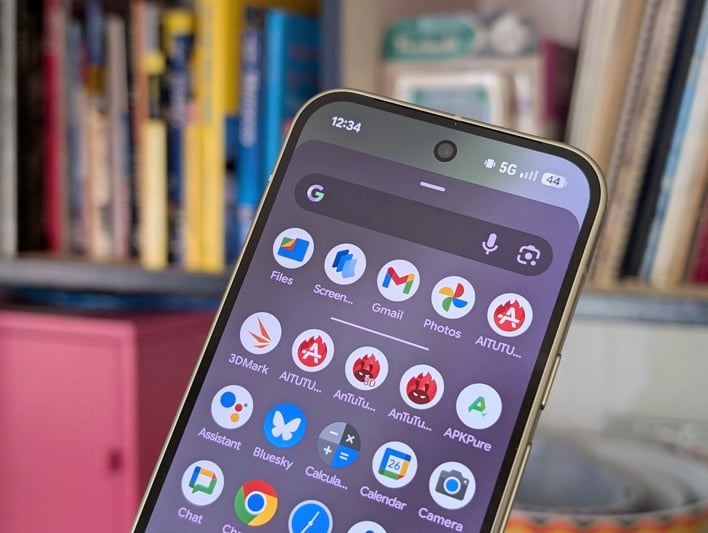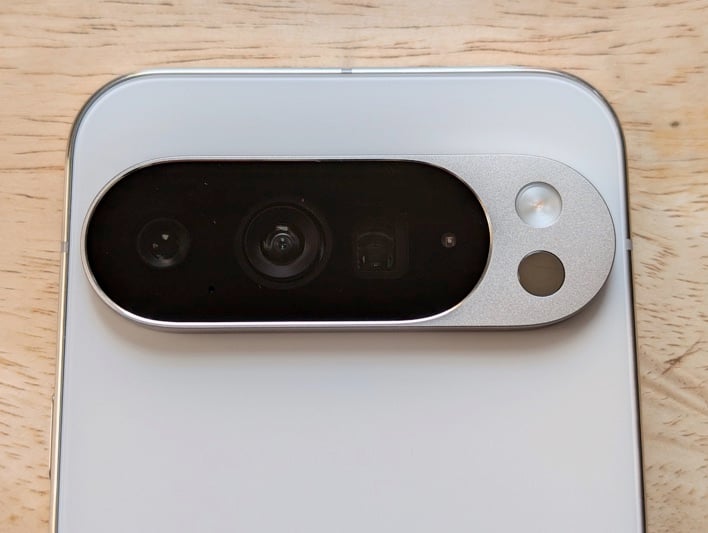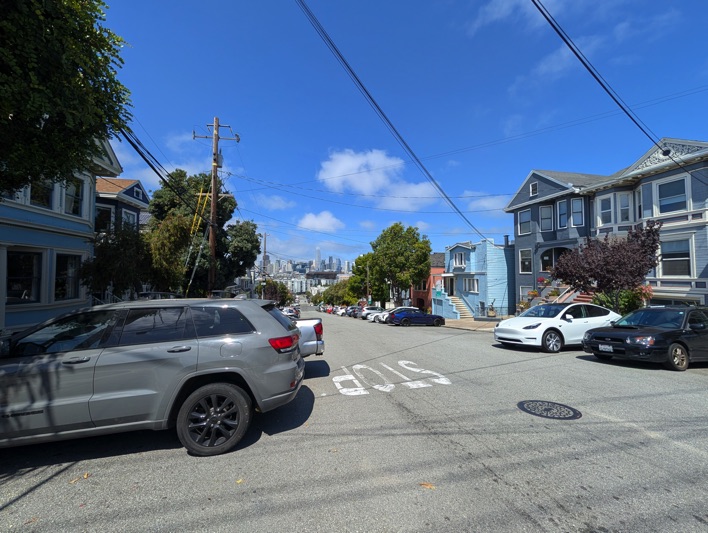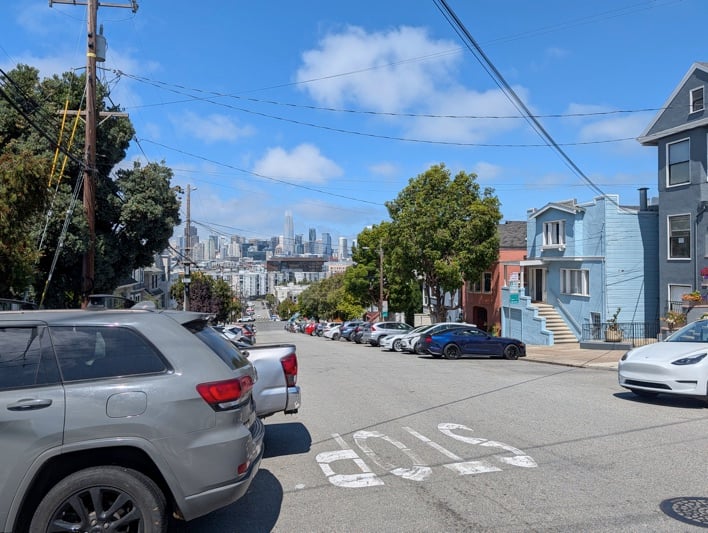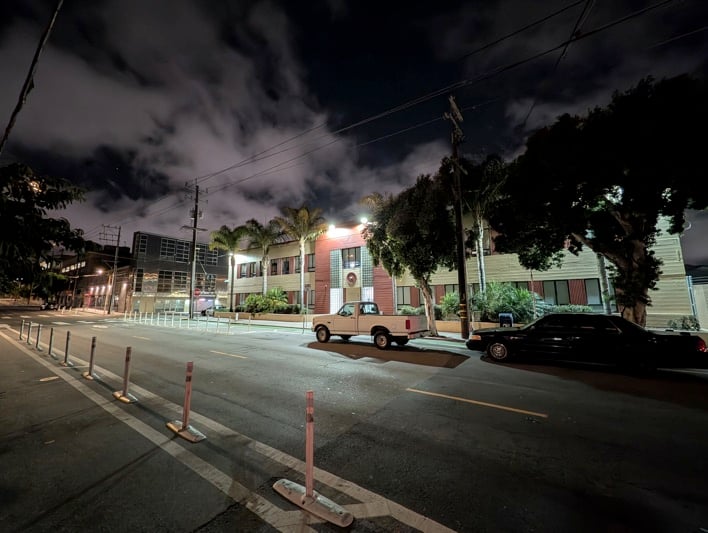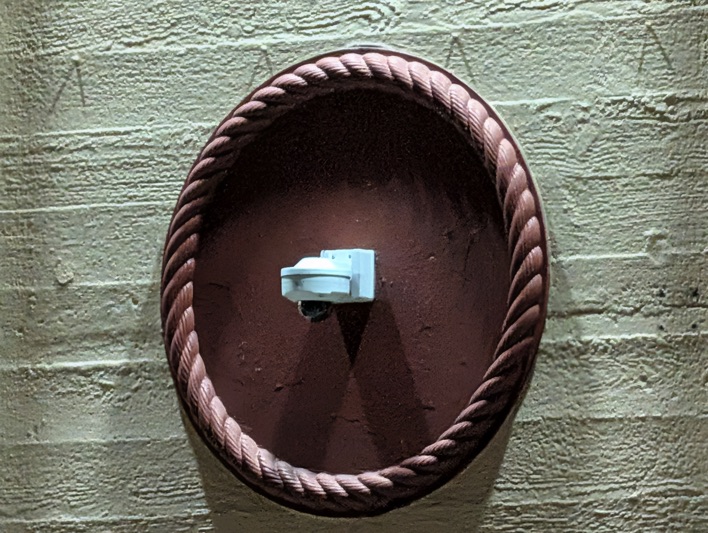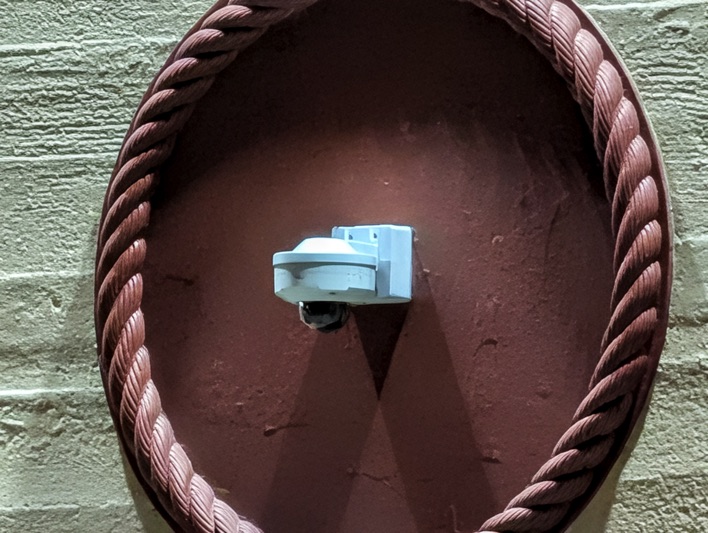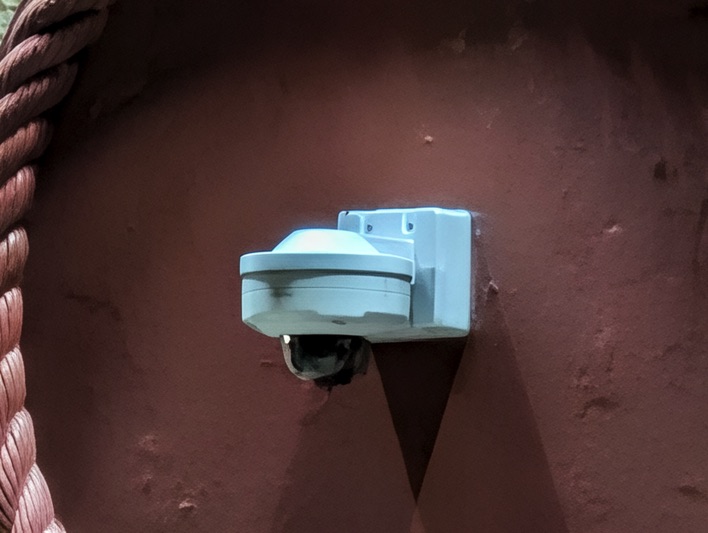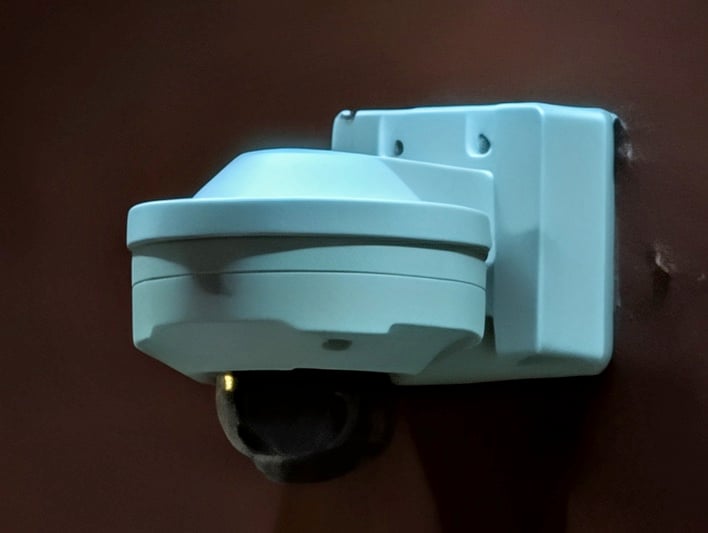Pixel 10 Series: Google Tensor G5, 100x Pro Res Zoom, Pixelsnap Magnets, eSIM Only In The US
| Google Pixel 10 Series - Starting At $799, Find It On Amazon The Pixel 10 ($799), Pixel 10 Pro ($999), and Pixel 10 Pro XL ($1199) are Google’s best flagship phones yet. They update last year’s Pixel 9 series with a more efficient processor, brighter displays, meaningful camera tweaks, larger batteries, faster charging, and Qi2 magnetic accessory support. |
|||

|

 |
||
It’s that time of year again. After weeks of leaks and rumors, Google has finally unveiled its new flagship lineup for 2025, which consists of a trio of standard phones (Pixel 10, 10 Pro, and 10 Pro XL), a book-style folding phone (Pixel 10 Pro Fold), a smartwatch (Pixel Watch 4), and mid-range earbuds (Pixel Buds 2a). A lot is riding on these new Pixel handsets, which are the physical manifestation for Google’s ambitious AI strategy.
These Pixel phones also continue to pave the way for Google’s SoC independence, with the Tensor G5 -- built on TSMC’s 3nm manufacturing process -- dropping Samsung’s Exynos IP and adopting a semi-custom Arm architecture. And, with these handsets, Google is setting an example for other Android manufacturers by adding Qi2 magnetic accessory support while simultaneously setting an unfortunate precedent by removing the SIM tray from US models.
So let’s dive into Google’s three flagship bar phones – the Pixel 10 ($799), Pixel 10 Pro ($999), and Pixel 10 Pro XL ($1199) – and find out what’s new. What are these handsets like? Are the updates over last year’s Pixel 9 series meaningful? Should you pick one up? Let’s find out in our full review.
Pixel 10 Series Hardware, Design, And Build Quality
We hope you like the Pixel 9 series’ industrial design, because aside from some new colors, the Pixel 10 lineup looks pretty much identical. Dimensions are virtually the same (the Pixel 10 is marginally thicker than the Pixel 9 at 8.6mm vs. 8.5mm) and the new phones are slightly heavier. But there’s a good reason for this: these are the first Android flagships with Qi2 magnetic accessory support – ie. magnets under the rear glass.Last year’s HMD Skyline was technically the first Android handset to support Qi2 with magnets, better known as MagSafe in Apple-land, and introduced with the iPhone 12 series. Google calls it Pixelsnap and we think it’s a great name. Qi2 with magnets enables wireless charging (up to 25W on the Pixel 10 Pro XL) and gives the Pixel 10 lineup access to Google's own Pixelsnap accessories, and of course to Apple’s vast MagSafe ecosystem. In other words, this is a huge win.
Like before, the Pixel 10 features a satin aluminum frame and shiny glass back, while the Pixel 10 Pro and 10 Pro XL have a polished aluminum frame and matte rear glass. The Pixel 10 is available in Indigo, Frost, Lemongrass, and Obsidian; the Pixel 10 Pro and 10 Pro XL come in Moonstone, Jade, Porcelain, and Obsidian. All three Pixel 10 handsets are rated IP68 for dust and water resistance, and feel solid and well put together.
The pill-shaped camera visor is made of aluminum with a satin finish, and matches the color of each Pixel 10 phone. A smaller, pill-shaped black glass window covers the triple rear shooters, and is offset to the left, while the LED flash and temperature sensor (Pixel 10 Pro and 10 Pro XL only) are mounted on the right. Overall, we’re big fans of this design, and we’re glad Google carried it over from the Pixel 9 series.
It’s extremely disappointing that Google chose to follow in Apple’s footsteps and make the Pixel 10, 10 Pro, and 10 Pro XL eSIM only in the US (the Pixel 10 Pro Fold still features a SIM tray). Apple made the terrible decision to remove SIM trays from its US-market iPhones, and only support eSIMs, starting with the iPhone 14 series. Google’s decision sets a precedent which will could result in Samsung following suit.
Pixel 10 Specs And Features
| Processing & 5G Platform | Google Tensor G5, Exynos Modem 5400 |
| Display | 6.3" 1080p LTPS OLED, 2424x1080 resolution, 120Hz |
| Memory | 12GB |
| Storage | 128GB (UFS 3.1), 256GB (UFS 4.0) |
| Rear-Facing Cameras | 48MP
f/1.7 Main OIS, dual-pixel PDAF - 13MP f/2.2
120º Ultra-Wide PDAF - 10.8MP f/3.1 5x Periscope Telephoto OIS, dual-pixel PDAF |
| Front-Facing Cameras | 10.5MP, f/2.2 Ultra-Wide PDAF |
| Video Recording | Up to 4K @ 60fps, 1080p @ 60fps, 1080p slow-mo |
| Battery | 4970mAh, 30W wired charging, 15W wireless charging, Qi2 with magnets |
| OS | Android 16 With Pixel UI |
| Dimensions | 152.8 x 72 x 8.6mm |
| Weight | 204 grams |
| Connectivity | 802.11ax
Wi-Fi 6e, Bluetooth 6.0+LE, NFC, USB-C 3.2, LTE, 5G (sub-6GHz and mmWave), eSIM only |
| Colors | Indigo, Frost, Lemongrass, Obsidian |
| Pricing | Find the Google Pixel 10 @ Amazon, starting at $799 |
Pixel 10 Pro Specs And Features
| Processing & 5G Platform | Google Tensor G5, Exynos Modem 5400 |
| Display | 6.3" 1.5k LTPO OLED, 2856 x 1280 resolution, 1-120Hz |
| Memory | 16GB |
| Storage | 128GB (UFS 3.1), 256GB (UFS 4.0), 512GB and 1TB (Zoned UFS) |
| Rear-Facing Cameras | 50MP f/1.7 Main OIS, dual-pixel PDAF - 48MP f/1.7 123º Ultra-Wide dual-pixel PDAF - 48MP f/2.8 5x Periscope Telephoto OIS, dual-pixel PDAF |
| Front-Facing Cameras | 42MP, f/2.2 Ultra-Wide PDAF |
| Video Recording | Up to 8K @ 30fps, 4K @ 60fps, 1080p @ 60fps, 1080p slow-mo |
| Battery | 4870mAh, 30W wired charging, 15W wireless charging, Qi2 with magnets |
| OS | Android 16 With Pixel UI |
| Dimensions | 152.8 x 72 x 8.5mm |
| Weight | 207 grams |
| Connectivity | 802.11be
Wi-Fi 7, Bluetooth 6.0+LE, NFC, UWB, USB-C 3.2, LTE, 5G (sub-6GHz and mmWave), eSIM only |
| Colors | Moonstone, Jade, Porcelain, Obsidian |
| Pricing | Find the Google Pixel 10 Pro @ Amazon, starting at $999 |
Pixel 10 Pro XL Specs And Features
| Processing & 5G Platform | Google Tensor G5, Exynos Modem 5400 |
| Display | 6.8" 2k LTPO OLED, 2992 x 1344 resolution, 1-120Hz |
| Memory | 16GB |
| Storage | 256GB (UFS 4.0), 512GB and 1TB (Zoned UFS) |
| Rear-Facing Cameras | 50MP f/1.7 Main OIS, dual-pixel PDAF - 48MP f/1.7 123º Ultra-Wide dual-pixel PDAF - 48MP f/2.8 5x Periscope Telephoto OIS, dual-pixel PDAF |
| Front-Facing Cameras | 42MP, f/2.2 Ultra-Wide PDAF |
| Video Recording | Up to 8K @ 30fps, 4K @ 60fps, 1080p @ 60fps, 1080p slow-mo |
| Battery | 5200mAh, 45W wired charging, 25W wireless charging, Qi2 with magnets |
| OS | Android 16 With Pixel UI |
| Dimensions | 162.8 x 76.6 x 8.5mm |
| Weight | 232 grams |
| Connectivity | 802.11be
Wi-Fi 7, Bluetooth 6.0+LE, NFC, UWB, USB-C 3.2, LTE, 5G (sub-6GHz and mmWave), eSIM only |
| Colors | Moonstone, Jade, Porcelain, Obsidian |
| Pricing | Find the Google Pixel 10 Pro XL @ Amazon, starting at $1199 |
Pixel 10 Series Display Quality
The Pixel 10 boasts a 6.3-inch FHD+ (2424 x 1080 pixels, 422ppi) LTPS OLED display with a 20:9 aspect ratio, a 120Hz refresh rate, and HDR10+ support. It’s pretty much identical to the Pixel 9’s screen, but brighter (3000 nits peak vs. 2700).Pixel 10 Series Camera Performance And Image Quality
On the imaging front, the Pixel 10 Pro and 10 Pro XL inherit all four cameras from last year’s Pixel 9 Pro and 9 Pro XL. These consist of a 50MP f/1.7 25mm (1/1.31-inch 1.2-micron) main shooter with dual-pixel PDAF and OIS, a 48P f/1/7 120-degree (1/2.55-inch) ultrawide with dual-pixel PDAF, a 48MP f/2.8 113mm (1/2.55-inch) 5x periscope telephoto with dual-pixel PDAF and OIS, and a 42MP f/2.2 17mm ultrawide selfie camera with PDAF.
Center: 100x standard zoom - Right: 100x Pro Res Zoom - Note the artifacts in the text
When it comes to video, the Pixel 10 captures stabilized video (with stereo audio) at up to 4k 60fps with all four shooters. Video modes include slow motion (main only, 1080p 240fps/480fps), time lapse (4k/1080p 30fps), HDR video (main and selfie, 4k 30fps / 1080p 60fps), portrait video (main only, 1080p 30fps), and Cinematic Pan (4k/1080p 30fps). That’s a pretty solid starting point, but there’s even more.
The Pixel 10 Pro and 10 Pro XL crank things up a notch by adding 50MP, 50MP portrait, and 12/50MP pro (manual) photo modes, plus night video (rear only, 4k 60fps), HDR video (all cameras, 4k 60fps), and 8k 30/24fps (rear only) video modes. Overall, you won’t be left wanting by the selection of photo and video modes in the Pixel 10 lineup. We only wish the base Pixel 10 would also offer the pro (manual) shooting mode.
Obviously, these handsets take gorgeous photos. The Pixel 10 lineup clearly leverages all of Google’s imaging expertise, from HDR+ to Night Sight to Super Res Zoom. And the results speak for themselves. Images are sharp, with accurate exposure and realistic colors. Low light performance is impressive, and dynamic range is excellent. But zooming is where these handsets truly shine, especially the Pixel 10 Pro and 10 Pro XL.
Next up: audio fidelity, general performance, and battery life results...

